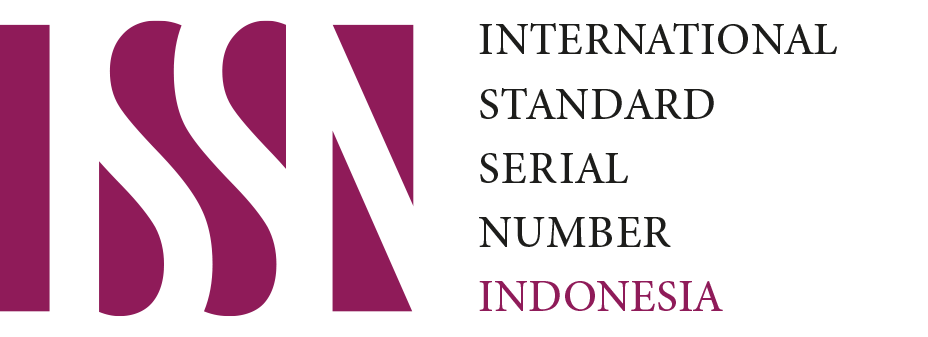ETNOBOTANI DAN PENGELOLAAN AGROFORESTRI PEKARANGAN PADA MASYARAKAT TRANSMIGRAN JAWA DI KABUPATEN KAYONG UTARA KALIMANTAN BARAT
DOI:
https://doi.org/10.51158/agriovet.v4i2.631Keywords:
Etnis, lahan, pengelolaan, vegetasiAbstract
Abstrak
Agroforestri pekarangan (AP) sudah dikenal dipraktekkan sejak
lama oleh masyarakat tradisional di negara tropis. Penerapan AP dapat
meningkatkan kualitas lingkungan yang ada di sekitarnya seperti
mencegah terjadinya erosi, perbaikan ekologis, konservasi
biodiversitas, perbaikan nutrisi tanah, serta berperan dalam penyerapan
karbon dan mitigasi perubahan iklim. AP banyak ditemukan tersebar di
berbagai lokasi di Kalimantan Barat baik yang dimiliki oleh penduduk
lokal maupun pendatang. Permasalahan yang muncul adalah
karakteristik vegetasi AP dapat berbeda antar satu lokasi dengan lokasi
lainnya, hal tersebut dapat dipengaruhi oleh kondisi fisik lahan,
maupun oleh budaya masyarakat setempat. Tujuan penting dari
penelitian ini adalah mendapatkan informasi mengenai karakteristik
vegetasi AP dan pengelolaannya oleh masyarakat. Hal tersebut sebagai
dasar perencanaan program maupun kebijakan tentang kehutanan
masyarakat (social forestry) khususnya bagi masyarakat transmigran di
Kabupaten Kayong Utara (KKU). Metode: Penelitian dilakukan di
Desa Seponti Jaya dan Desa Telaga Arum, Kecamatan Seponti, KKU.
Menggunakan pendekatan kualitatif terhadap komposisi, bentuk hidup
(life form), fenologi, sosiabilitas, dan vitalitas vegetasi yang ada di AP.
Sedangkan prosedur penelitian dilakukan melalui observasi langsung
bersama dengan 26 responden untuk menginventarisasi seluruh jenis
vegetasi dan pengelolaannya yang terdapat di area sampel. Hasil: terdata 77 jenis tanaman di AP, yang terdiri dari tanaman buah,
pangan, bumbu, obat, sayuran, hias dan pertukangan. pola AP di lokasi
penelitian termasuk ke dalam Agrosilvopasteur yaitu kombinasi antara
budidaya tanaman pertanian, kehutanan, dan ternak. Perlakuan
budidaya berupa perawatan, pemupukan dan pengendalian OPT
diterapkan oleh pemilik secara mandiri. Modal yang dibutuhkan untuk
mengelola AP berkisar Rp500.000 – Rp2.000.000,/tahun dengan
pendapatan rata-rata yang diperoleh hingga Rp5.000.000.
Kata Kunci : Etnis, lahan, pengelolaan, vegetasi
Abstract
Agroforestry pekarangan (AP) has been known to be practiced for a
long time by traditional communities in tropical countries. The
application of AP can improve the quality of the surrounding
environment such as preventing erosion, ecological improvement,
biodiversity conservation, improving soil nutrients, and playing a role
in carbon sequestration and climate change mitigation. APs are found
scattered in various locations in West Kalimantan, both owned by local
residents and immigrants. The problem that arises is that the
characteristics of AP vegetation can differ from one location to
another, this can be influenced by the physical condition of the land, as
well as by the culture of the local community. An important objective
of this research is to obtain information about the characteristics of AP
vegetation and its management by the community. This is the basis for
planning programs and policies on social forestry, especially for the
transmigrant community in North Kayong Regency (KKU). Methods:
The research was conducted in Seponti Jaya Village and Telaga Arum
Village, Seponti District, KKU. Using a qualitative approach to the
composition, life form, phenology, sociability, and vitality of
vegetation in AP. Meanwhile, the research procedure was carried out
through direct observation with 26 respondents to make an inventory
of all types of vegetation and their management in the sample area.
Results: recorded 77 species of plants in AP, consisting of fruit, food, spices, medicine, vegetables, ornamental and carpentry. The AP
pattern at the research site is included in the Agrosilvopasteur, which is
a combination of agricultural, forestry, and livestock cultivation.
Cultivation treatments in the form of care, fertilization and pest control
are applied by the owner independently. The capital required to
manage AP ranges from Rp. 500,000 – Rp. 2,000,000/year with an
average income of up to Rp. 5,000,000.
Key words: Ethnicity, land, management, vegetation











